AUGUSTA — Jeannine Dumont stood inside the Augusta Food Bank with her granddaughter, surrounded by canned goods, boxes of produce and refrigerators stacked with meat.
The 72-year-old picked a packet of grapes, a squash and some potatoes. It was her monthly visit to the food bank to restock her pantry at the senior housing in Augusta, where she now lives.
“I have been coming here for over a year,” said Dumont. “Why? Because with the prices in the grocery store I cannot afford to feed myself and my granddaughter.”
Dumont remembered her first visit a year ago. “It was awkward. But then people here have been great and very welcoming,” she said. “And today I am buying ingredients for my potato salad that I am going to bring to the get-together at the senior housing. Everyone is going to bring something to eat and we will come together and spend time.”
Many like Dumont have felt the pernicious effects of food insecurity, a problem that’s been aggravated in the aftermath of the COVID-19 pandemic by the lack of accessibility to food, the worsening housing crisis and rising food prices.
In an attempt to address the issue comprehensively, the state of Maine has been working on a long-term plan. Since its inception in 2019, the state’s plan to tackle food insecurity and end hunger in Maine by 2030 has culminated in an advisory committee that includes various stakeholders involved in hunger relief.

Norman Emanuel picks up food from Warehouse Manager Al Cloutier recently at the Augusta Food Bank. Emanuel brought the items back to the Kennebec Plaza apartment building for a food share program where residents can pick up items. Joe Phelan/Kennebec Journal
The Governor’s Office of Policy Innovation and the Future convened in June a committee of 40 permanent members who will work together to implement Maine’s Roadmap to End Hunger by 2030. The plan, released last year, is to make food more accessible to communities while addressing the “underlying structural inequalities,” officials said.
“Hunger is a symptom of poverty, and to beat it, we need to take on the systemic issues that hold poverty and hunger in place,” said Dana Eidsness, senior anti-hunger policy advisor in the Governor’s Office of Policy Innovation and the Future.
Eidsness, who is chairing the committee and leading the plan’s implementation, added that the committee would also suggest policies to work on complex issues like the rising cost of food, housing, child care and health care to alleviate the worsening situation.
She noted that it is a two-pronged plan. The short-term part focuses on making nutritious and culturally appropriate food accessible to anyone who needs it.
“The second part takes on almost everything in Maine’s economic development. It takes on jobs, access to healthcare, access to housing and mainly anything that ensures a dignified living,” Eidsness said.
She pointed to an upcoming program next year where the U.S. Department of Agriculture will provide funding through electronic benefits transfer, or EBT, cards to school-age children so that they can access food options during the summer.

Executive Director Bob Moore checks bagged lettuce recently before putting it into cases for clients to pick out at the Augusta Food Bank. The Augusta Food Bank has refrigerated cases sponsored by local businesses that clients can shop from when picking out food. Joe Phelan/Kennebec Journal
‘MORE AUTHENTIC NEIGHBORS’
Food banks around the state are also part of the committee, including Good Shepherd Food Bank. Good Shepherd sits at the center of the hunger relief network in Maine, providing food to people in need and assistance to smaller food banks and pantries.
“Food insecurity is an issue that needs cross-sectional representation,” said Shannon Coffin, vice president of community partnerships at Good Shepherd Food Bank. “We will be aiming to support the cause through more advocacy around bills and legislation that are recommended. To support the infrastructure, we will be investing in grants to support food capacity building for our partners.”
Coffin noted that the collaboration between anti-hunger establishments ensured by the advisory committee is imperative in fixing the problems.

Sherie Knowlan moves boxes of food out of the walk-in freezer recently at the Winthrop Food Pantry. Joe Phelan/Kennebec Journal
Good Shepherd offers grants to its hunger relief partners to help them provide more, either by increasing their capacity for goods or hiring more people. Last year, it provided $700,000 through grants to 20 agencies.
“We learned a lot from participating in the process and now the committee with other agencies,” said Coffin. “We need to be more authentic neighbors to our partners. Working with them on this plan led us to think about what kind of experience we need to bring, what role is their experience playing in our functionality?”
The Augusta Food Bank, a partner with Good Shepherd, is also looking to contribute toward the goal.

Some items like this canned salmon or fresh eggs sometimes have a limit on the amount clients can take at the Augusta Food Bank. Joe Phelan/Kennebec Journal
“I have been in this business for three years now and what I have learned is there is enough food, it’s the distribution model that needs changing,” said Augusta Food Bank Executive Director Bob Moore. “So the focus is going to not just be how to bring in people through our doors but how to get food to them.”
Moore also highlighted the lack of coverage that food insecurity gets and that a priority should also be to sustain the public’s focus on the issues.
“I think COVID-19 was a good thing for us, in the sense that food insecurity became a talked-about subject and people paid attention. We need more of that, food prices are increasing, and though food donations are coming in, funding has really slowed down,” said Moore.
A WORSENING PROBLEM
Numbers paint a stark picture of how food insecurity has pervaded the state’s population and how it continues to worsen.
According to the data in the state’s plan, 11.4% of Maine’s population is impacted by food insecurity, which is approximately 153,000 people a year. More than 18% of children in the state also go hungry. In five counties — Washington, Aroostook, Somerset, Piscataquis and Oxford — one in four children are impacted.

Operations Manager Mindy Jorgensen sorts donated plums before the good ones are put out for clients recently at the Augusta Food Bank. The bad ones are set aside and will be picked up later by farmers to feed their livestock. Joe Phelan/Kennebec Journal
Owing to deeply rooted disparities, certain communities are affected disproportionately.
State data show 51.6% of African American immigrants lack consistent access to food, as do 28.3% of all people of color – more than twice the 13% rate for the white population. About 39% of people with disabilities who are unable to work also go hungry.

Donated day-old bagels from Sand Hill Bagel Co. were available for clients recently at the Augusta Food Bank in Augusta. Joe Phelan/Kennebec Journal
The Supplemental Nutrition Assistance Program, also known as SNAP, which was ramped up during the pandemic to provide additional funds to households, was also scaled back earlier this year. Many families are bearing the brunt of the cutback as food prices continue to soar.
State officials also say that Maine spends or loses more than $1 billion annually in treating symptoms of hunger when estimates show that the state could spend half that by eliminating hunger’s causes.
The plan to address these issues stemmed from a 2019 bill, L.D. 1159, that was sponsored by then-Rep. Craig Hickman, D-Winthrop, and signed by Gov. Mills, which later charged the Department of Agriculture, Conservation and Forestry to develop a comprehensive plan to end hunger.
“The most pressing circumstance that prompted the initiative was that, at its inception (in 2019), Maine was the most food-insecure state in New England and had the ninth worst food insecurity in the country. Maine wanted to turn that around and committed itself to do so,” said Amanda Beal, conservation and forestry commissioner for the Department of Agriculture, Conservation and Forestry.

Sen. Craig Hickman, D-Winthrop, looks at the tally board during a Senate vote at the Maine State House in Augusta. The plan to end hunger by 2030 was born from a bill sponsored by Hickman when he was a state representative in 2019. Joe Phelan/Kennebec Journal file
After over two years of taking input from more than 200 individuals including legislators, educators, policy experts and people in the state who have suffered from food insecurity, a plan to end hunger by 2030 was formulated and released in 2022.
Hickman, an organic farmer who runs Annabessacook Farm in Winthrop and is now a state senator, said this may be the only legislation he has presented that passed unanimously and without amendments.
“Most importantly, the right to food and food sovereignty are integral to ending hunger in Maine,” Hickman said. “Right to food and food sovereignty need to more clearly guide public policy and decision-making in localities across the state from Kittery to Fort Kent. The right of the people to define their own food and agricultural systems is paramount to ensure that all people have access to nourishing food.”
Send questions/comments to the editors.


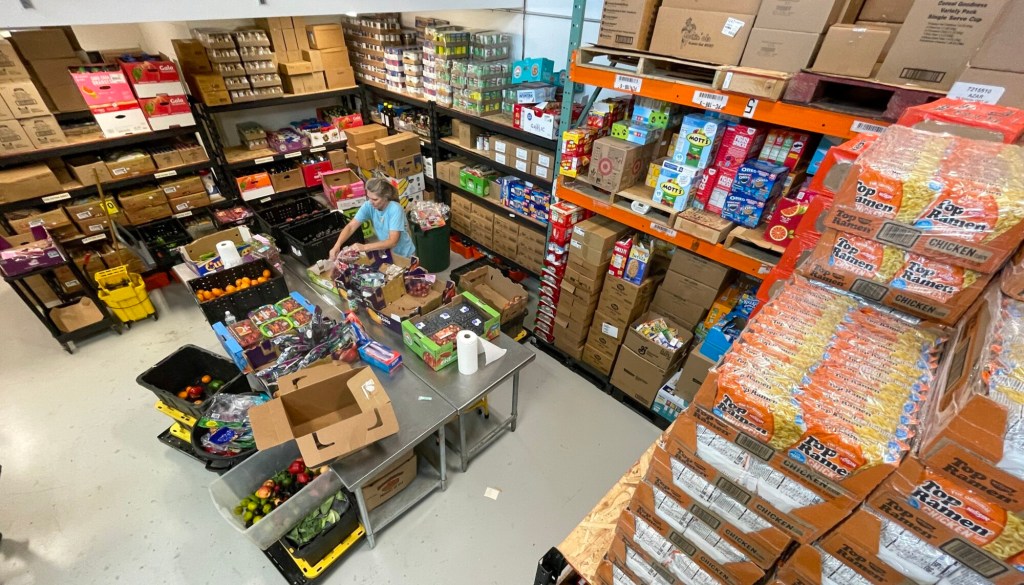
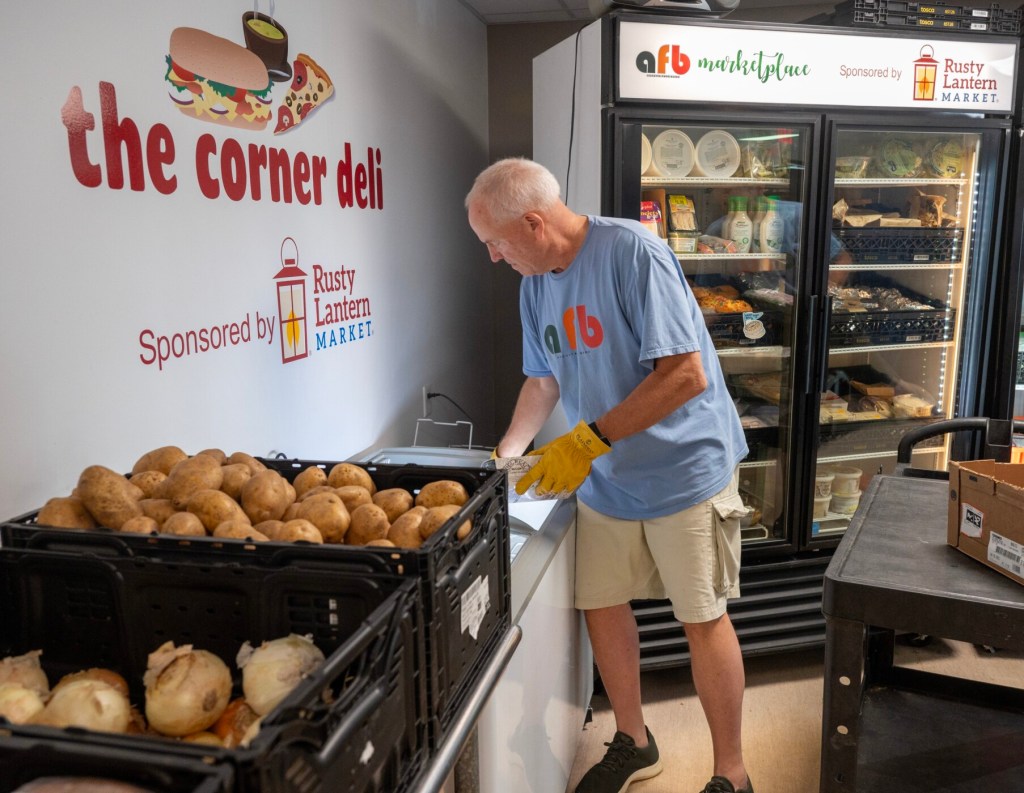
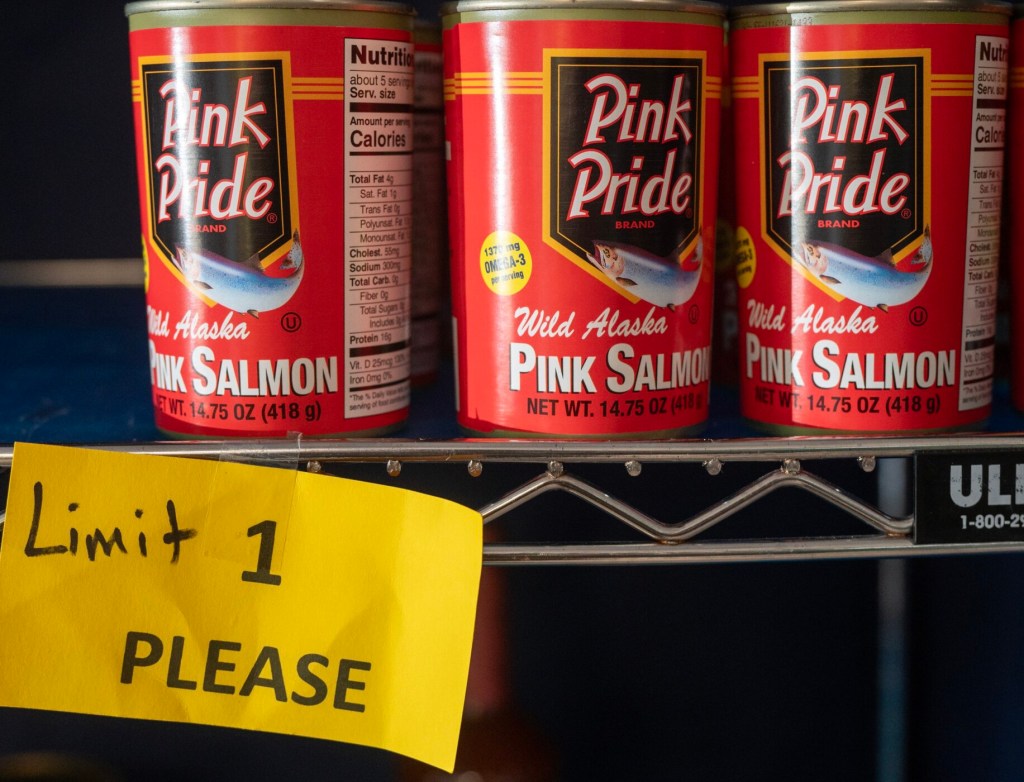
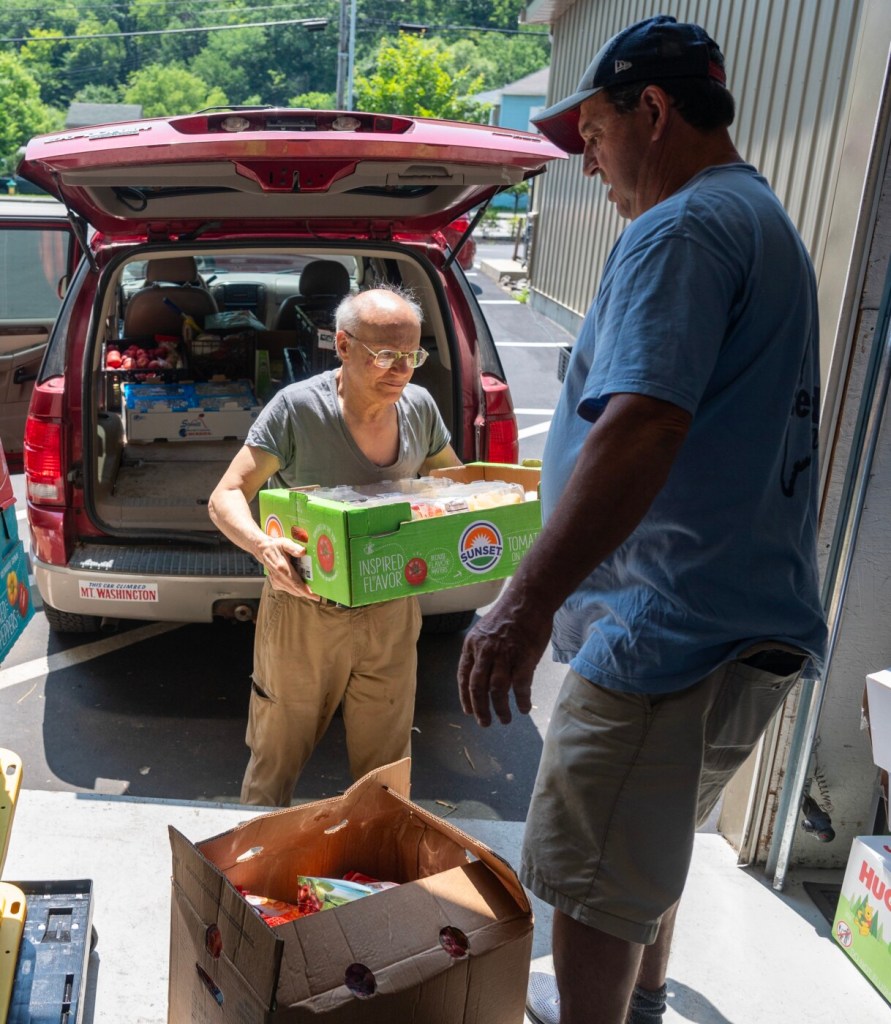
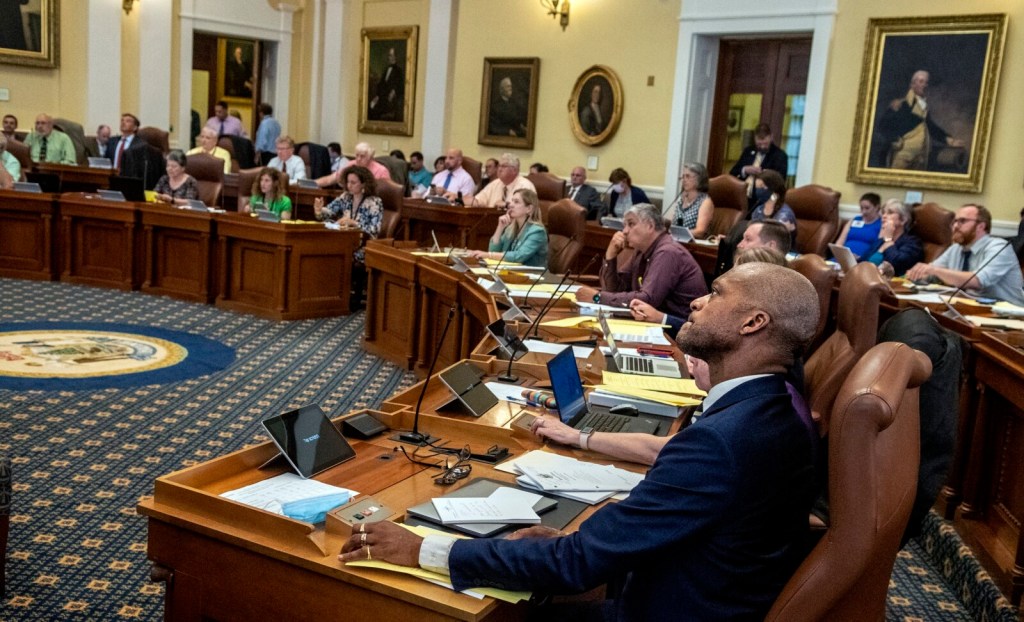
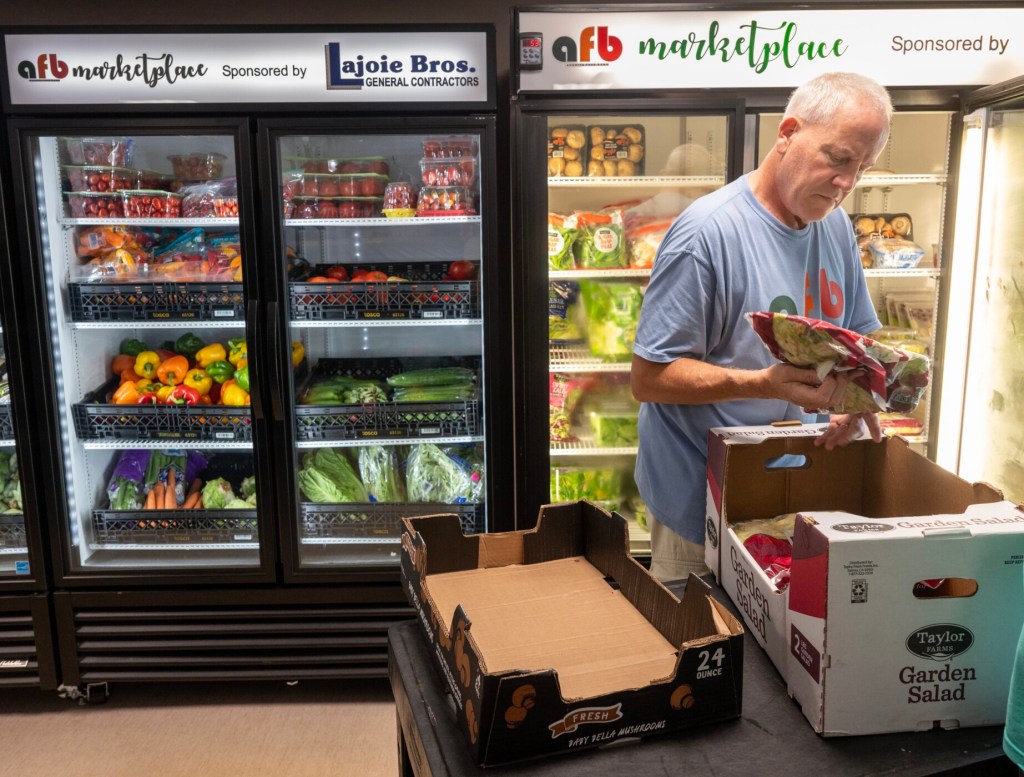
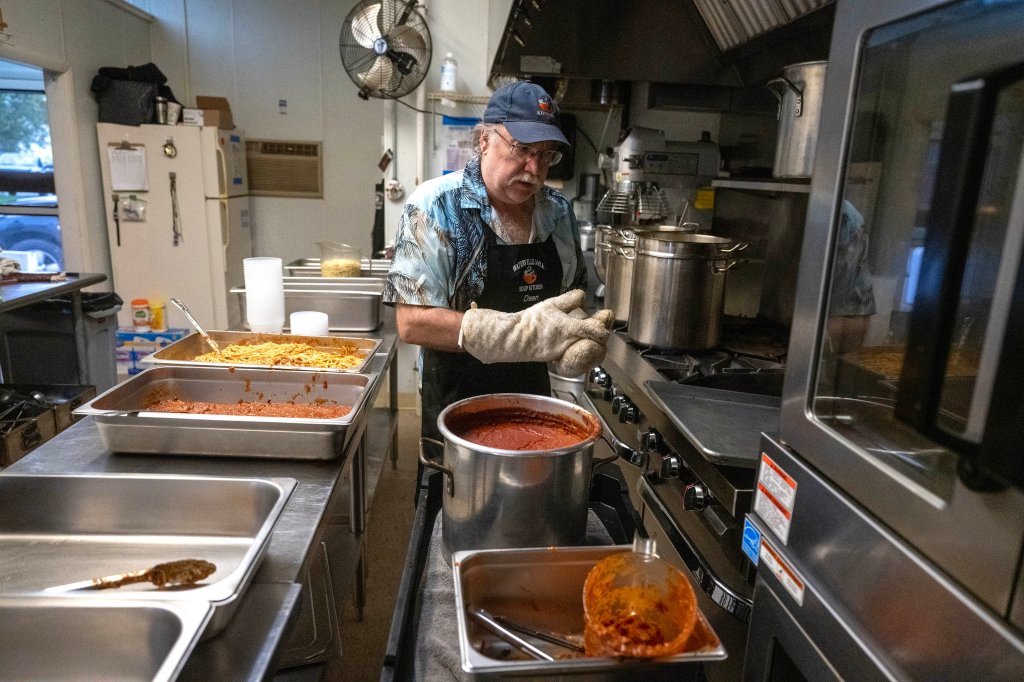
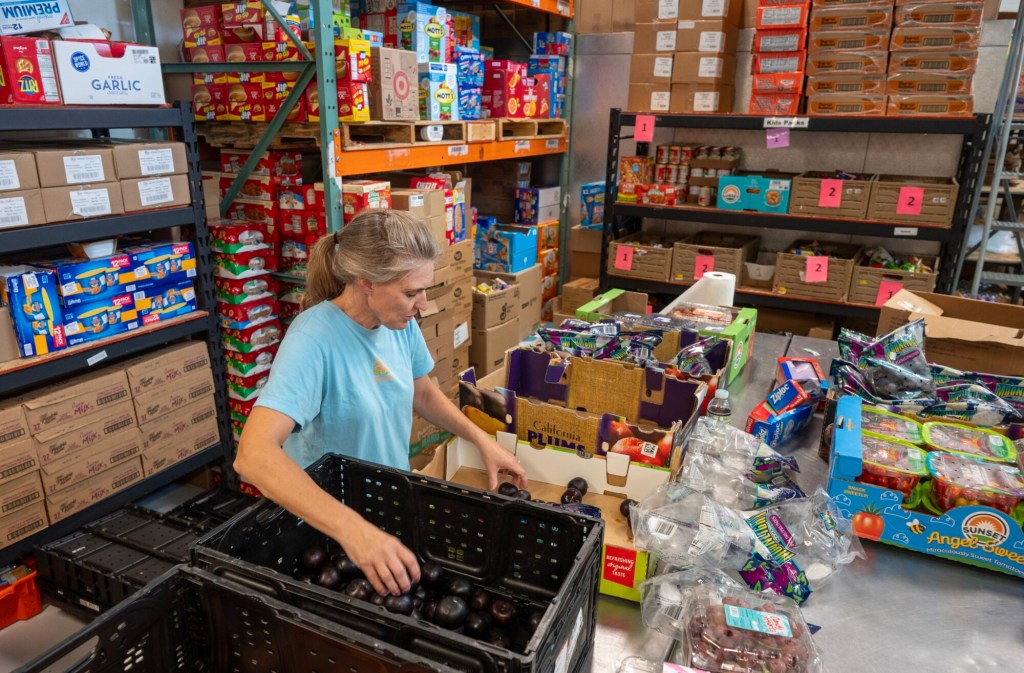


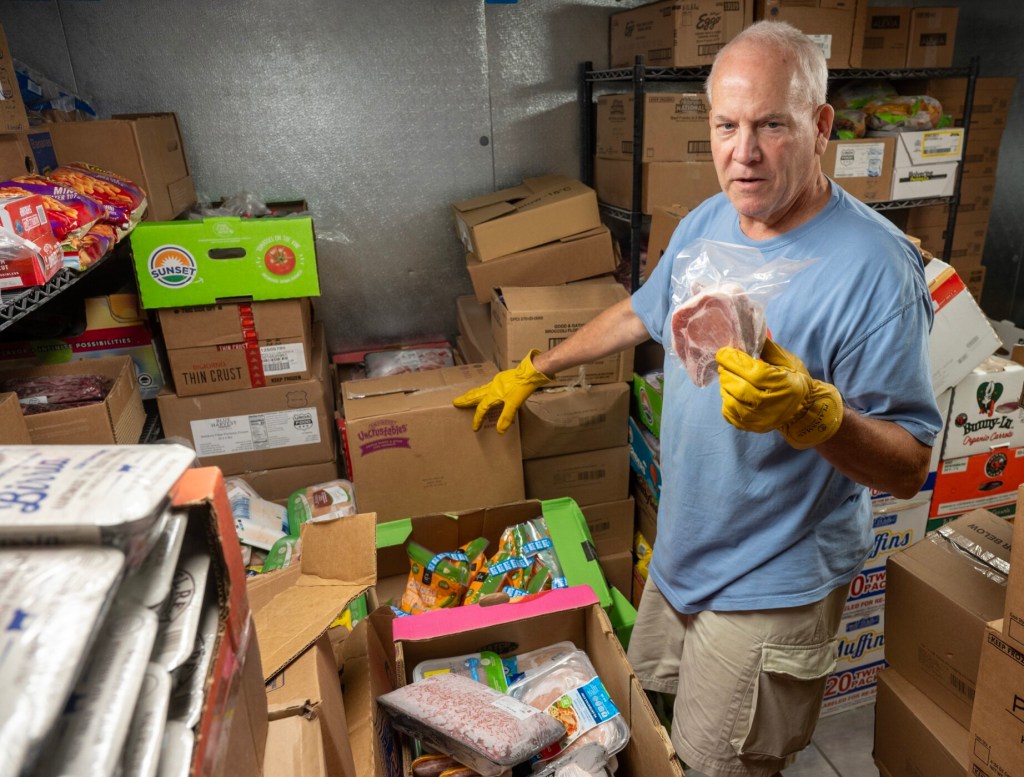

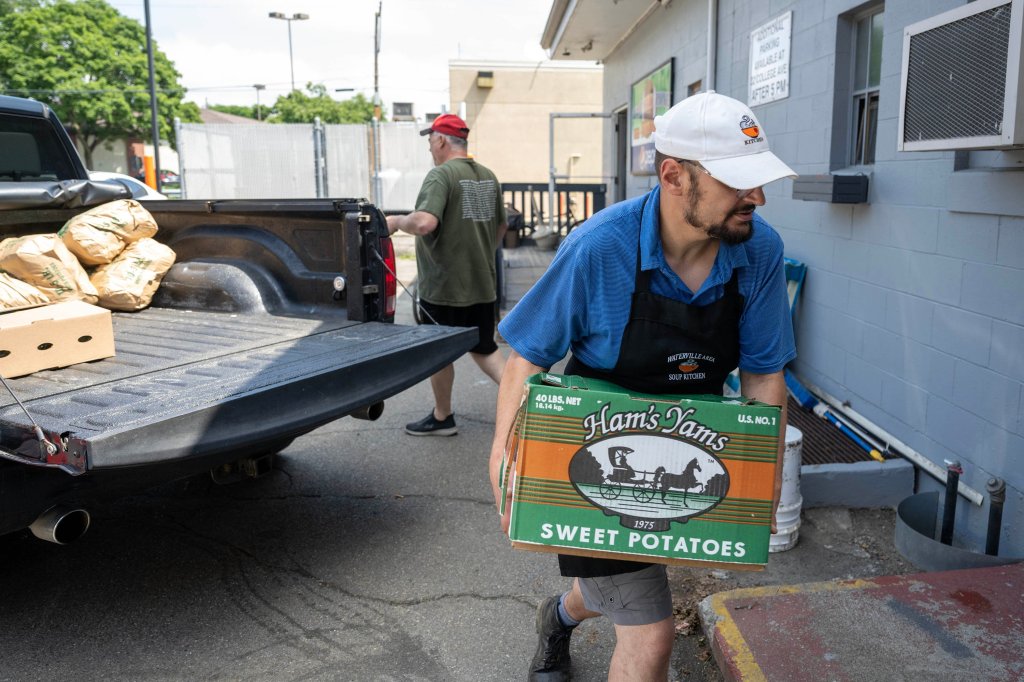
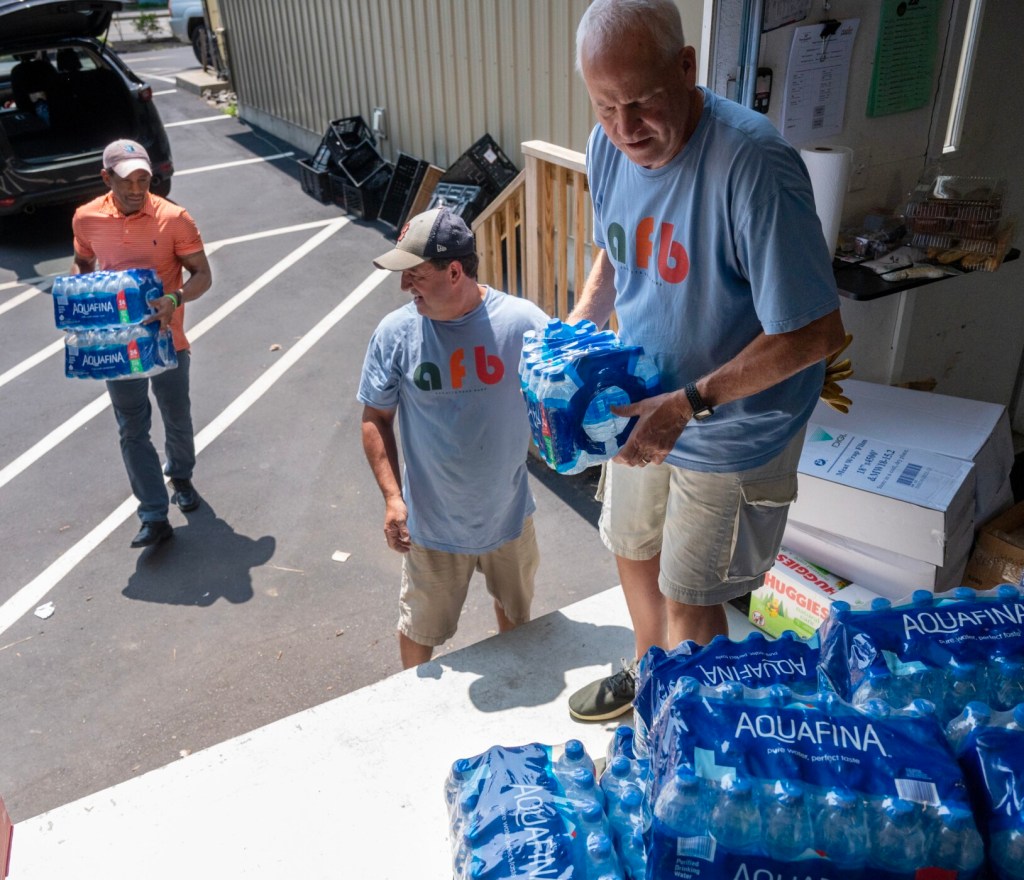

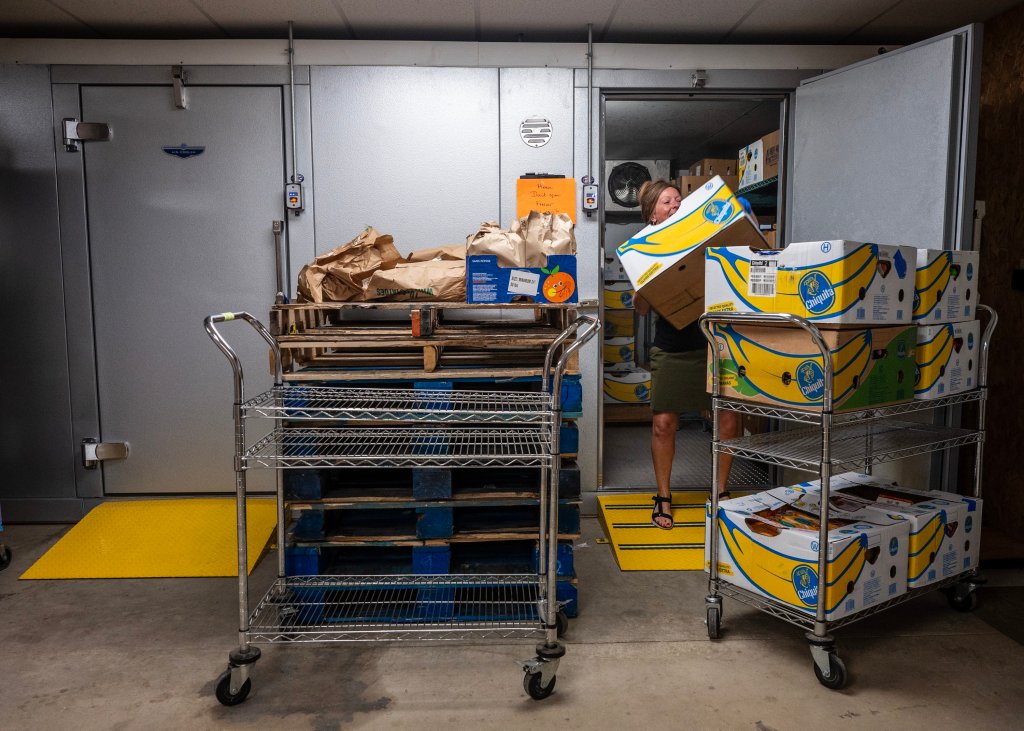
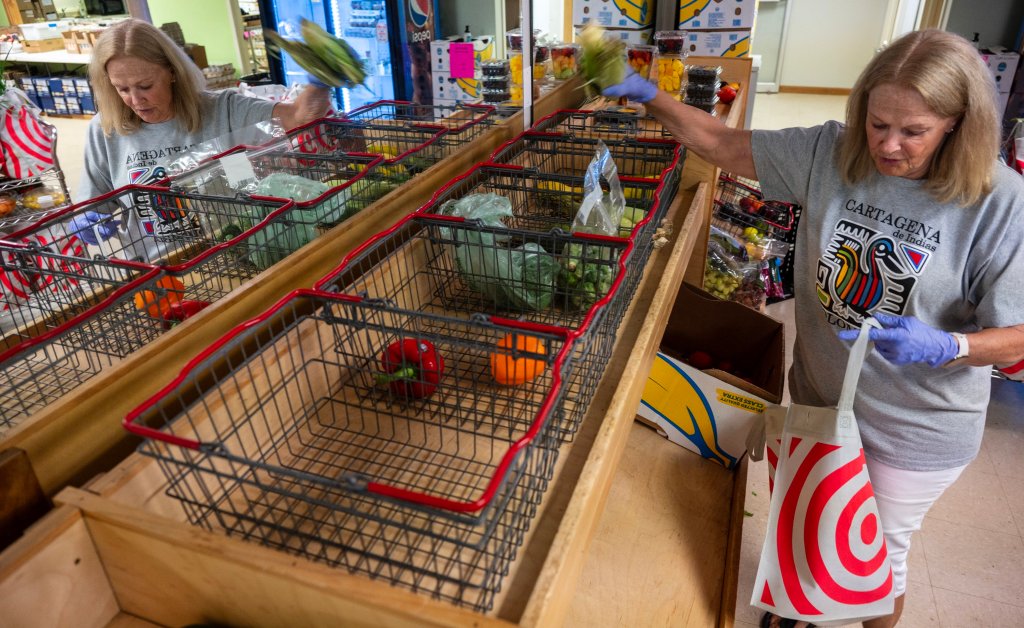


Success. Please wait for the page to reload. If the page does not reload within 5 seconds, please refresh the page.
Enter your email and password to access comments.
Hi, to comment on stories you must . This profile is in addition to your subscription and website login.
Already have a commenting profile? .
Invalid username/password.
Please check your email to confirm and complete your registration.
Only subscribers are eligible to post comments. Please subscribe or login first for digital access. Here’s why.
Use the form below to reset your password. When you've submitted your account email, we will send an email with a reset code.